In the dreams of many gardeners, there is often a desire to grow beautiful, magnificent plants that would be beautifully pulled by fence, fence, gazebo or wall of the house. In the cultivation of such curly plants there is nothing complicated even for beginner gardeners. The main thing is to correctly choose the landing site and carefully examine the features of the growth of such plants. Clematis can become real "kings" of Lian in your garden. They fully justify this proud title. They have such advantages as growth rate, abundant flowering in two waves, the ability to lake and make a cozy even the most frosty plot. In addition, such curly plants will help make small noise insulation on the site and restrain dust streams, they will hide unsightly places on the plot and cover them with a beautiful openwork wall. It is thanks to this decorative and practical value of Clematis are the dream of many gardeners. In this article, we consider one of the new-fashioned varieties of Clematis - Kaiser (Kaiser), suitable for vertical landscaping. Let's figure out in the ways of cultivation in your country or near the house, we learn how to protect it from pests and much more.
Description Clematis Kaiser
Why is this plant is a new way? All because Clematis Kaiser appeared on sale quite recently - in 2010, despite the fact that Clematis themselves as decorative plants began their history in the 18th century. Since then, many breeders carry out masses of attempts to improve this variety, bring new species, etc. In 1994, a new hybrid variety of Clematis - Kaiser appeared. It happened in Japan, from where it went further distribution in the world. Clematis Kaiser is a curious two-year plant that reaches a height of 1-1.5 meters. The peak of blossom beauty comes in May-June - just huge terry flowers in diameter about 10 cm. Literally completely covering the entire plant. In the second wave of flowering spectacle it becomes a little less beautiful, but does not deprive clematis aesthetic value. Even the most Sophisticated and demanding gardeners give only positive feedback about Clematis Kaiser. Violet-pink or light red flowers with a touch of white and green in the cold weather, changing its color to almost completely green.
Photo Clematis Kaiser
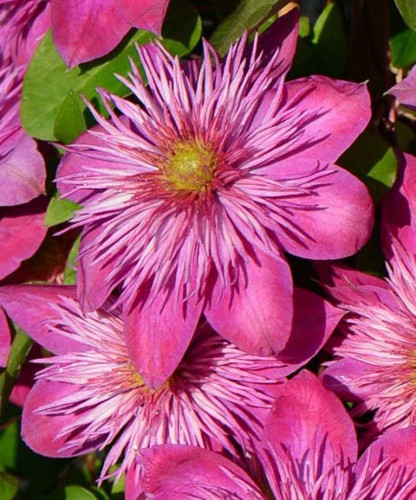
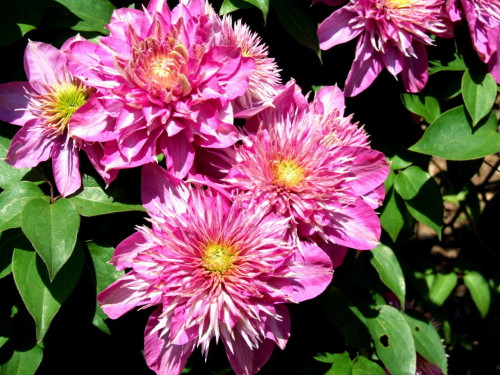
How to grow Clematis
Like any plant, Clematis Kaiser large-flowered has certain requirements for the soil, watering, air humidity, illumination, etc. Knowing this information, you can create the most comfortable conditions for this flower on your site. So, the basic rules for the cultivation of Clematis:
- The process of growing Clematis Kaiser begins with the simplest - it is necessary to purchase a seedlove. But take care carefully to his choice. Buy in proven places, specialized stores, so as not to buy a sick seedling, for example.
- Better if you land Clematis early summer when frosts are behind.
- Choose a place to land. Find the most illuminated, but the wind-protected place is the perfect corner for Clematis. This flower loves alkaline, neutral soils or soils with a weakly acidic reaction. If the soil on the plot is strongly clay, then this is not the best place for Clematis Kaiser. Choose the highest point, hilly on the plot. You can also be made not far to the drainage groove that will collect excessive moisture.
- After the seedling is purchased and you have decided on the landing site, you can start planted seedlings. If the soil is heavy, then you need to dig a pit of 70 * 70 * 70, and if it is light, then 50 * 50 * 50. The distances between the seedlings should be quite large - from 70 cm to 1 m. Do not forget about gravel or broken brick, if the groundwater takes close to the surface of the soil. Clematis Kaiser do not endure the convergence and stagnation of water in the soil. For filling, the pit will need nutrient soil (for example, oily clay), 1-2 buckets of humus, 50-100 grams of superphosphate. The seedlings are injected into the ground to a depth of 6-8 cm. The next year we deepen another 10-15 cm. The shoe depth depends on the quality of the soil: if it is heavy, then you are not very deeply injected, and if it's too deeper.
- So most of the case are made - the seedlings are planted. But that is not all. Immediately after landing, it is necessary to cut seedlings, leaving 2-4 bottom kidneys. When shoots will grow, repeat the trimming. Such trimming at the beginning of the growth of Clematis contributes to better development of roots.
- Now the time is plentifully pouring just planted and cropped seedlings. In order that the soil during watering does not blur, make a peculiar well around the plant. In addition, the water will be so better to come to the plant.
- Promuline the ground with sawdust or peat.
- Young Clematis Kaizer Saplings should be dialed from the midday heat.
- Because Clematis Kaiser is a wing plant, then the supports are simply necessary for it. Their assortment is very rich in specialized stores. You can look after interesting fences, openwork grilles. Also, supports can be made independently. But in this case, consider that Clematis branches will cover them completely only by the end of the summer, and therefore supports should look aesthetic and without foliage. Because The maximum height of Clematis Kaiser is 1-1.5 m., The height of the support must be appropriate. The plant grows very quickly and intensively, and therefore do not forget to template the thrust shoots every 2-3 days. Otherwise, they can damage the wind.
Clematis Caveris Secrets Kaiser
Watering
One of the main secrets of the beautiful Clematis Kaiser is its correct watering. It should be quite abundant, but not frequent. The main thing is that water reaches its goal is the root system. Immediately after irrigation, rub the land so that the moisture is better kept. Clematis does not like strong overheating. Therefore, the land with sawdust so that its top layer does not heat up in hot weather.
Podchar
Clematis Kaiser love regular feeding and speak well on them. Feat the plants about 1 time per week. Mineral fertilizers are suitable (30 grams of 10 liters of water), wood ash (1 st per seedling), manure (1 part of the manure on 10 parts of water).
Trimming
Clematis Kaiser belongs to the second group of weak trim, like most large-flowered kaisers. The second group trimming means to cut a seedling immediately after landing. It stimulates the growth of the roots, will give the opportunity to root well. In May-June, form young shoots and roasting gains. For the second year in January-February, cut the old shoots again, leaving some strong kidneys. In April-June, form young shoots optionally and remove the old batching side shoots on one or two pairs of kidneys. Never neglect such an important component of Clematis Kaiser's care, like pruning. So, you can achieve abundant flowering, beautiful and lush plants. For the pruning procedure you will need an acute secret.
Wintering
Overly caring for their clermachi kaiser flower, sometimes prepare them for winter too early. This can harm the plant. And this happens for the following reason: plants do not pass through low temperatures, we begin to hide under the shelter and, as a result, to die. So that this does not happen to the wintering of Clematis, it is necessary to approach well and for all the rules. Cooking the Kaiser to the onset of cold weather follows in two stages. With the arrival of temperatures + 1-3 degrees Celsius give a plant a little harden. After that, we fall asleep a bush of 10-15 cm layer of needles, noodle, peat or a mixture of ash with sand. When the bush was cut, covered with a polypropylene bag. This method of insulation can always be used with unstable cooling and thaws. With the arrival of more serious frosts, proceed to the second stage of Clematis preparation for the winter. In order not to break or damage the shooter's shoots with a layer, we cover the plant with wooden boxes or we build a kind of frame on which the insulation will be held. In the role of an additional insulation, the same pottery or bags filled with straw, grass, sawdust performs. The thickness of such a "blanket" should be about 25 cm. But remember that the shelter should not be hermetic. Without ventilation, plants may die. For waterproofing on wooden boxes, we linseroof or polypropylene bags. When snow falls, it is used as insulation. All materials for insulation can be easily found in specialized stores for gardeners. With the arrival of spring, insulation is also removed gradually. When the snow is actively melting, then you need to make drainage grooves, so as not to replete Clematis. Some flowerflowers prefer not to crop Clematis for the winter. They simply twist the vines and insulate. With the arrival of heat cut off shoots. After the winter, Clematis Kaiser necessarily requires feeding. To do this, urea (40 grams per 1 liter) or lime milk (200 grams of lime on 10 liters of water per 1 sq.m).
The reproduction of Clematis Kaiser
Like all decorative plants, Clematis Kaiser can multiply in several ways. Some of them are the most common, which enjoy almost all gardeners, while others are almost not used due to the complexity of the process and its low efficiency. Let's look at these ways a little more.
- Reproduction seeds. This method of breeding Clematis Caizer is practically not used. Since this is a hybrid variety, it almost never tie seeds. If you still chose this method of reproduction, then do not waste if the seeds have not risen in the first year. They can go to the second or even for the third year. Water your crops with a solution of boric acid and payroll potassium.
- Reproduction with tanks. If you already have an adult plant you can try to multiply by him with the jets. For this, side shoots with a length of 20-30 cm press in the groove and sprinkle the ground. In places of interstitial, put pebbles and attach these places with brackets. Do not fall asleep the earth only the top. As the escape increases, do not forget to pour out the griming stem and press the intercoux.
- Reproduction with cuttings. The hauling is carried out in spring or summer during active growth. Cutted cuttings is useful to put in a heteroacexin solution for 16-24 hours. It will contribute to a faster rooting of Clematis. Because Clematis Kaiser is a thermal-loving plant, then it is necessary to plant it at appropriate temperatures. Fill containers or boxes peat, a mixture of sand and peat or just washed sand. Planted cuttings cover with polyethylene and put in the greenhouse. Do not forget to ventilate seedlings and spray them. A month later, or two cuttings should be rooted. Clematis can be transplanted into pots and leave until the next summer indoors with a low temperature, if planting in an open ground this summer is already late.
- Reproduction of the division of the bush. This is one of the most common ways to breed Clematis Kaiser. More details he is painted in the subsection "How to grow Clematis".
Clematis pests Kaiser
Clematis are subject to the same pests as other decorative plants. Among the most common:
- nematodes. These are round worms that are difficult to notice with a naked eye. They parasitize on all parts of the plant: roots, stems, leaves. Plants that are infected with this pest, unfortunately, are to be destroyed. Check the seating material carefully. And best of all, in order to prevent the roots of hot water (50 degrees Celsius);
- Cute tick. Clematis is most often attacked by an ordinary or red spider tick. Leaves of such plants are twisted, and later die away. For the treatment and prevention of infection with a spray tick of plants spray with garlic infusion;
- beet fault. The WLL is resistant to low temperatures and can winter on the leaves or shoots of Clematis. In specialized stores, you can purchase a remedy for Tly - Antitlin. You can also use tobacco dust as a means of getting rid of aphids;
- snails and slugs. These pests are able to destroy Clematis completely, making serious mechanical damage. Snails and slugs eat shoots, kidneys, leaves. They are hiding under the shadow of the leaves of weeds, so one of the main means of combating such pests is to maintain a plot clean, the removal of weeds. Keep in mind that slugs and snails can be placed from the neighboring site. Spread the boards or pieces of various materials under which slugs and snails love to hide, and periodically lift them and collect pests. You can also use chemical means of struggle, such as lime, ash, superphosphate and others.
Clematis disease Kaiser
- Like all Clematis, the Kaiser has a well-developed root system. Therefore, one of the most frequent fungal diseases is due to the damage to the roots. Most often is withering. This disease progresses fast enough and difficult to confuse with something. All parts of the plant quickly lose the tour, dry and die. That is why, carefully observe all agrotechnical requirements.
- Gray rot can overtake your clematis in rainy and raw weather, i.e. With high humidity. This is a favorite environment of such fungal disease. If you have noticed rapidly propagating brown spots on the leaves, then you know that it is certainly gray rot. Removably remove the affected leaves and process the Fundazole plant. This drug is also effective for prevention.
- Puffy dew is another common fungal disease of Clematis. It is manifested by the appearance of a raid on young shoots, leaves and even buds. Under this fence, the plant fades, deformed and stops its growth. To combat pulse dew, a solution of soda is suitable, a copper-soap solution, a solution of solid cow's milk and others.
- One of the most dangerous virus diseases that are transmitted by the sucking pests is the yellow mosaic. Viral diseases overtake Clematis quite rarely, but if it happened, the plant should be removed.

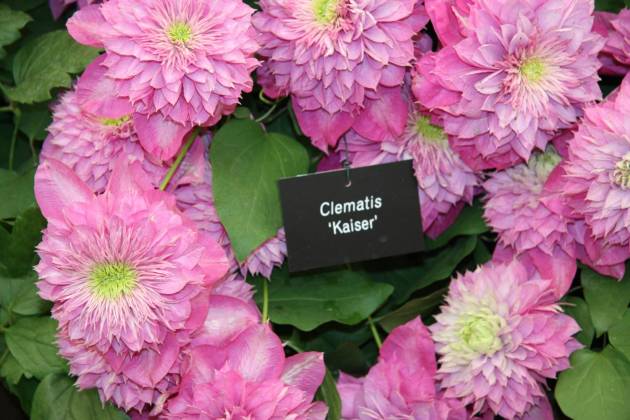
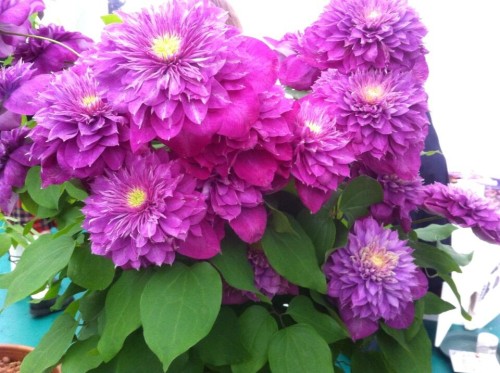
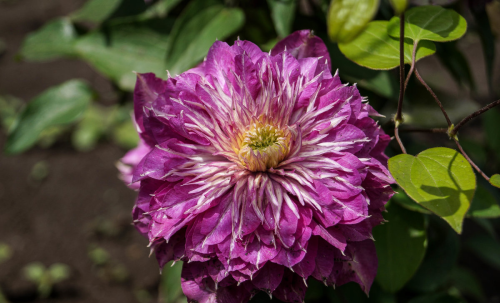
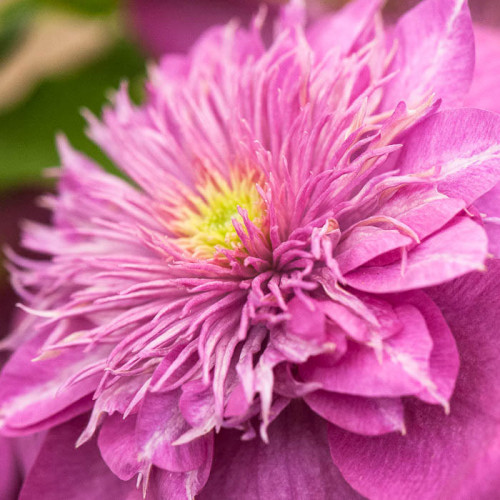
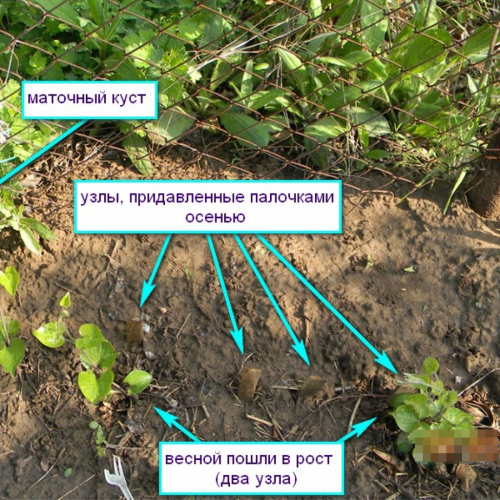
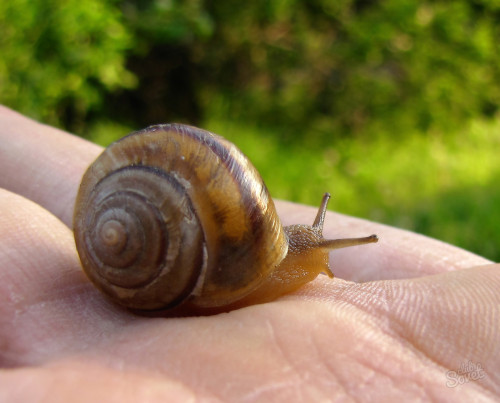





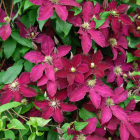
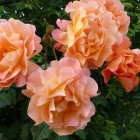

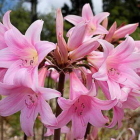
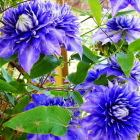
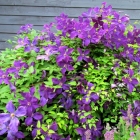
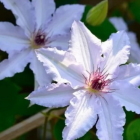
 Start a discussion ...
Start a discussion ...